Physical Address
304 North Cardinal St.
Dorchester Center, MA 02124
Bursae are formed from synovial sacs that allow easy sliding of muscles and tendons across one another at areas of repeated movement. These synovial sacs are lined with a synovial membrane invested with a network of blood vessels that secrete synovial fluid. Inflammation of the bursa results in an increase in the production of synovial fluid with swelling of the bursal sac. With overuse or misuse, these bursae may become inflamed, enlarged, and on rare occasions infected. Although there is significant intrapatient variability as to the number, size, and location of bursae, anatomists have identified a number of clinically relevant bursae, including the pes anserinus bursa. The pes anserinus bursa lies beneath the pes anserinus tendon, which is the insertional tendon of the sartorius, gracilis, and semitendinosus muscle to the medial side of the tibia ( Fig. 161.1 ). This bursa may exist as a single bursal sac or in some patients as a multisegmented series of sacs that may be loculated.
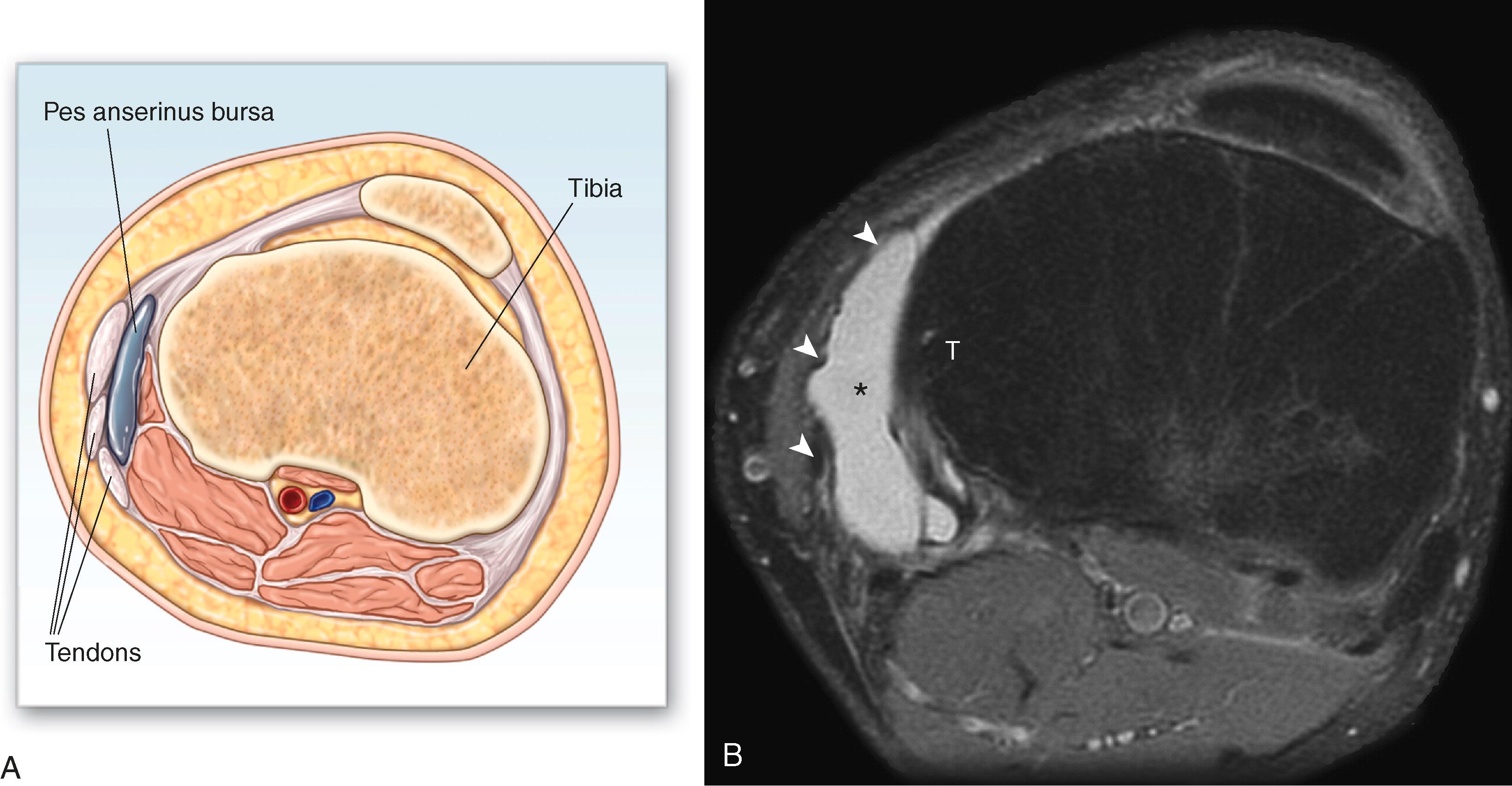
Patients with pes anserinus bursitis experience pain over the medial knee joint and increased pain on passive valgus and external rotation of the knee, especially involving flexion and external rotation of the knee, makes the pain worse; rest and heat provide some relief. Often, the patient is unable to kneel or walk down stairs. The pain is constant and is characterized as aching. The pain may interfere with sleep. Coexistent bursitis, tendinitis, arthritis, or internal derangement of the knee may confuse the clinical picture after trauma to the knee joint. Frequently the medial collateral ligament also is involved if the patient has sustained trauma to the medial knee joint. If the inflammation of the pes anserinus bursa becomes chronic, calcification of the bursa may occur.
Physical examination may reveal point tenderness in the anterior knee just below the medial knee joint at the tendinous insertion of the pes anserinus tendon ( Fig. 161.2 ). Swelling and fluid accumulation often surround the bursa ( Fig. 161.3 ). Active resisted flexion of the knee reproduces the pain. Sudden release of resistance during this maneuver markedly increases the pain. Rarely, the pes anserinus bursa becomes infected in a manner analogous to infection of the prepatellar bursa.
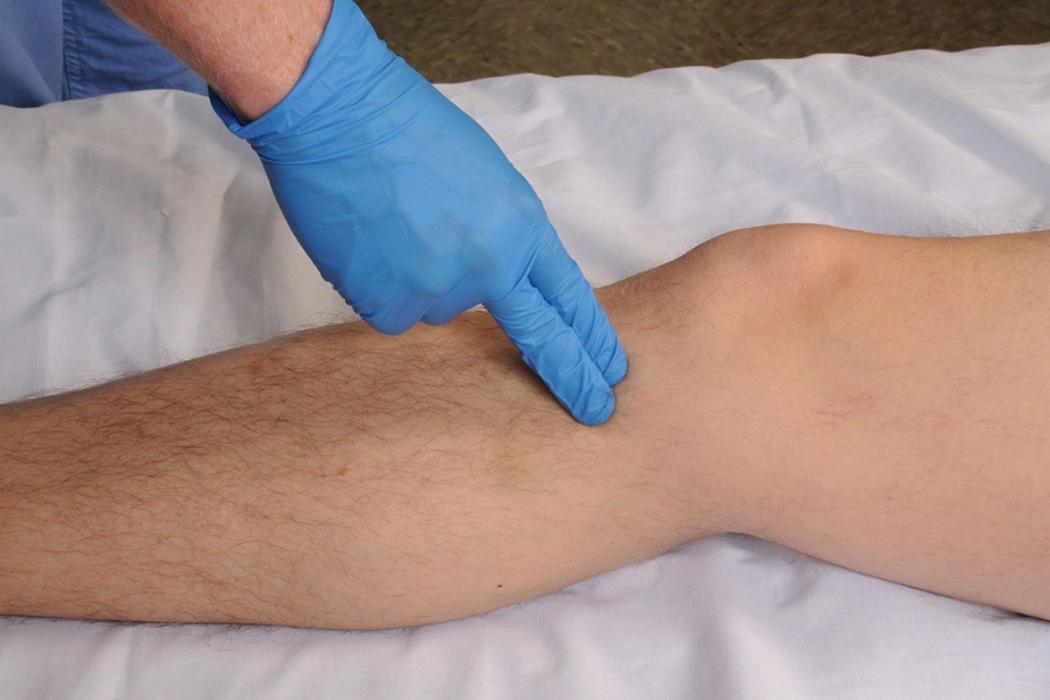
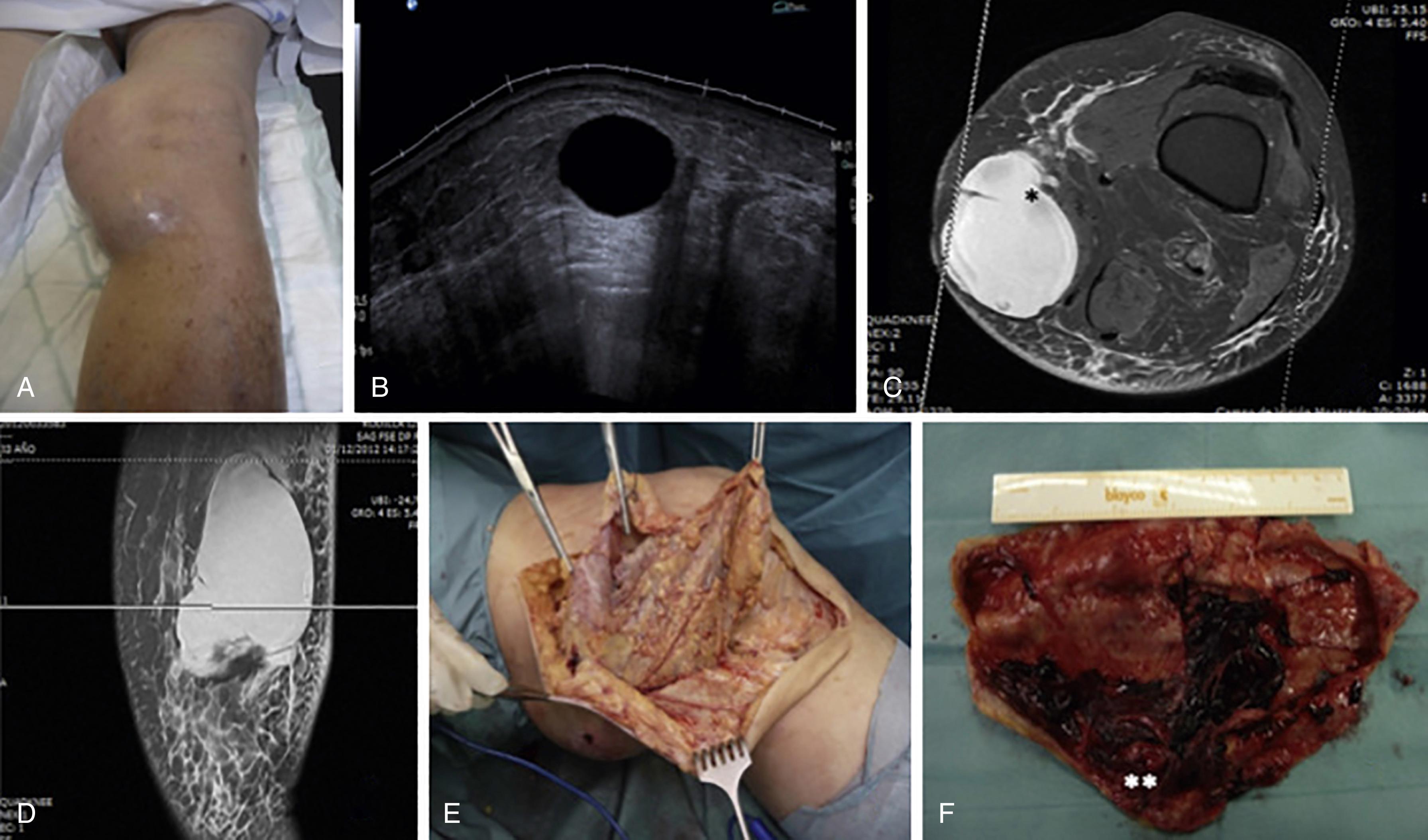
Plain radiographs of the knee may reveal calcification of the bursa and associated structures, including the pes anserinus tendon, consistent with chronic inflammation. Magnetic resonance imaging and ultrasound imaging are indicated if bursitis, internal derangement, occult mass, or tumor of the knee are suggested ( Figs. 161.4 and 161.5 ). Electromyography helps distinguish pes anserinus bursitis from neuropathy, lumbar radiculopathy, and plexopathy. The injection technique described later serves as both a diagnostic and a therapeutic maneuver.
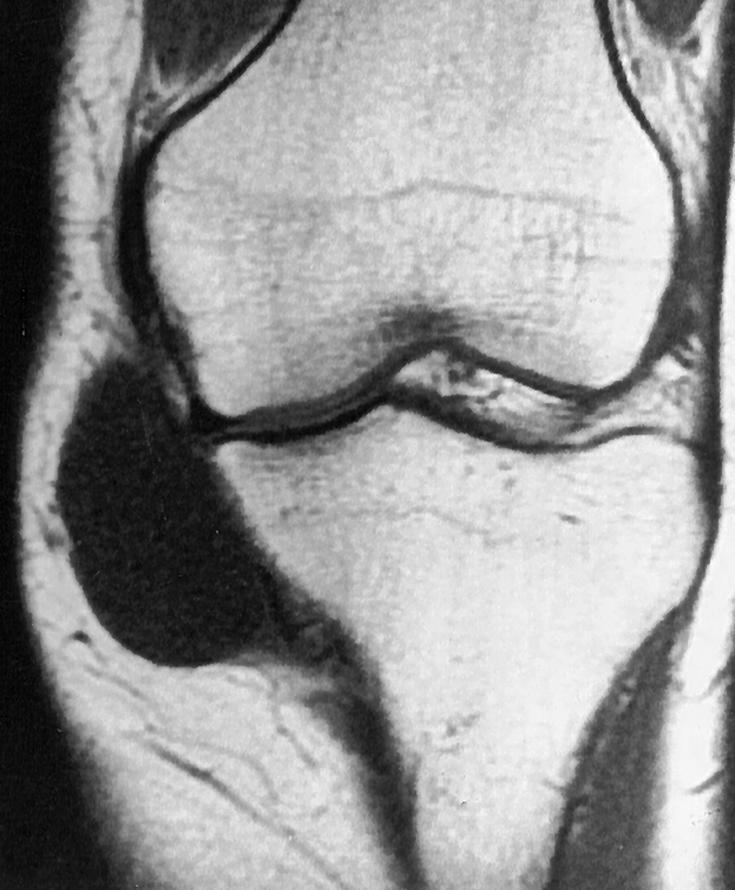
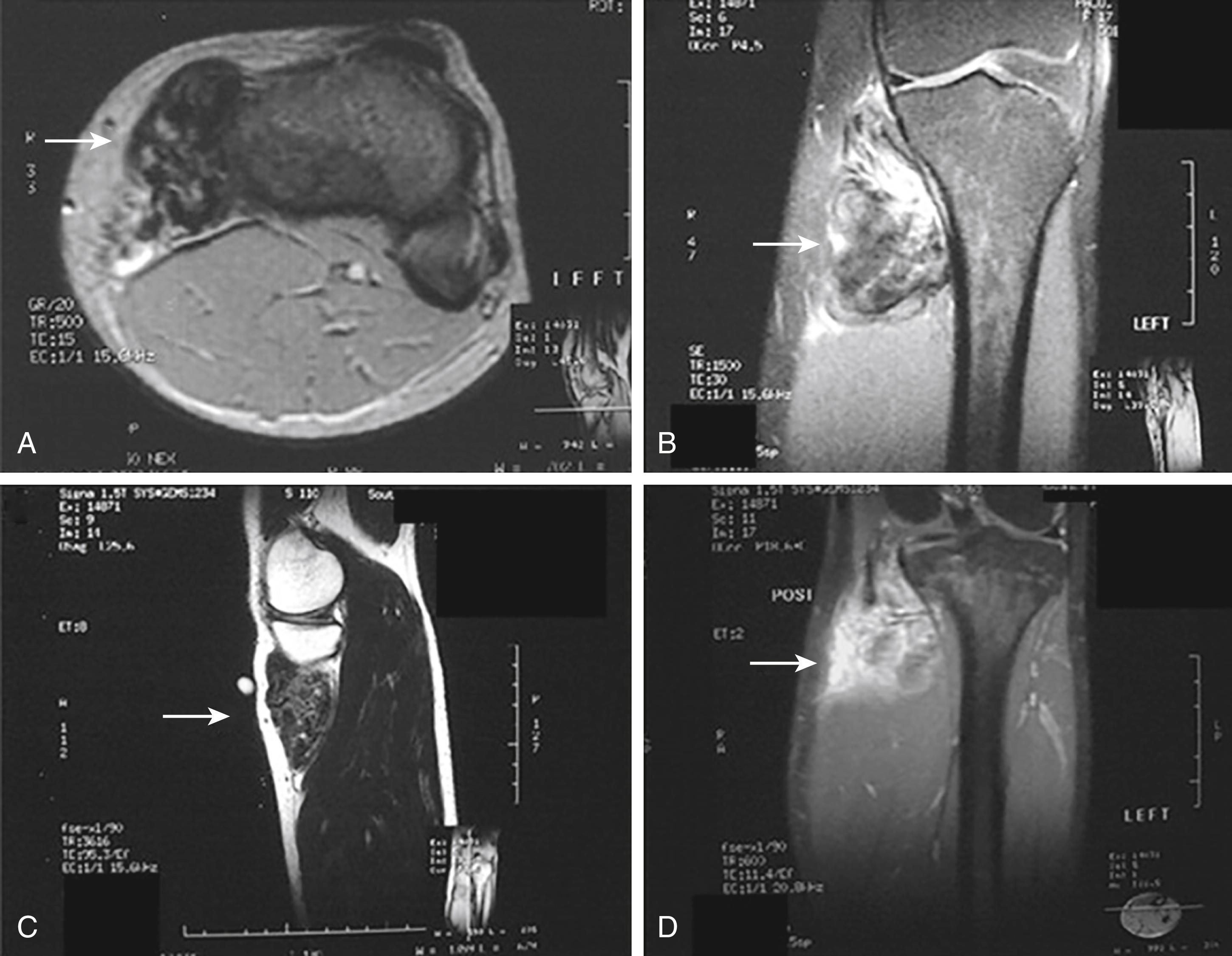
The pes anserinus bursa lies between the combined tendinous insertion of the sartorius, gracilis, and semitendinosus muscles and the medial tibia ( Fig. 161.6 ). The bursa is subject to the development of inflammation after overuse, misuse, or direct trauma. The medial collateral ligament often also is involved if the medial knee has been subjected to trauma. The medial collateral ligament is a broad, flat, bandlike ligament that runs from the medial condyle of the femur to the medial aspect of the shaft of the tibia, where it attaches just above the groove of the semimembranosus muscle. It also attaches to the edge of the medial semilunar cartilage. The medial collateral ligament is crossed at its lower part by the tendons of the sartorius, gracilis, and semitendinosus muscles.
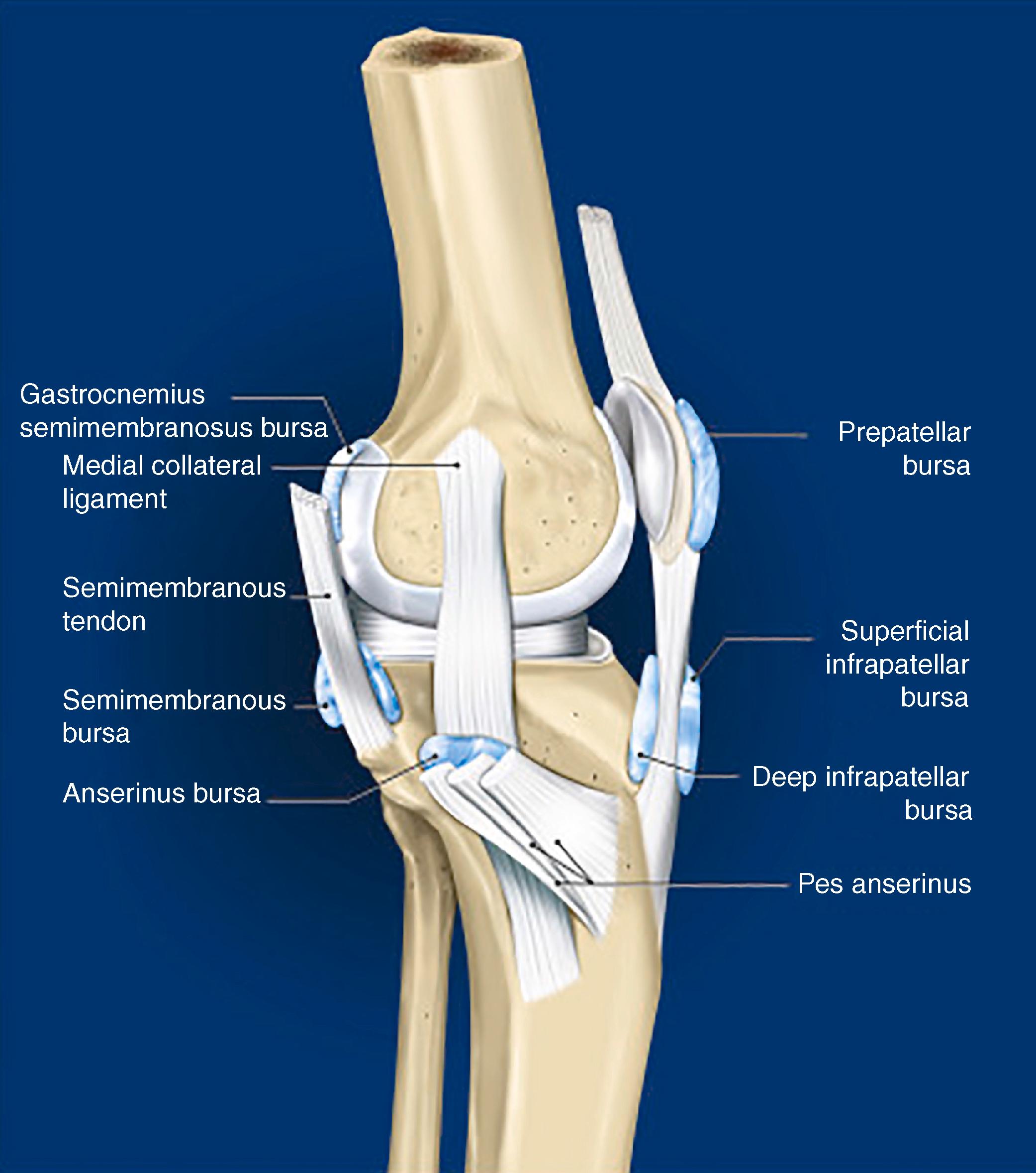
Become a Clinical Tree membership for Full access and enjoy Unlimited articles
If you are a member. Log in here